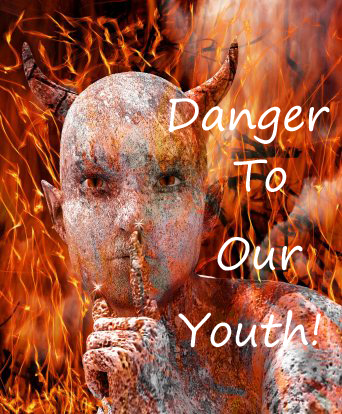
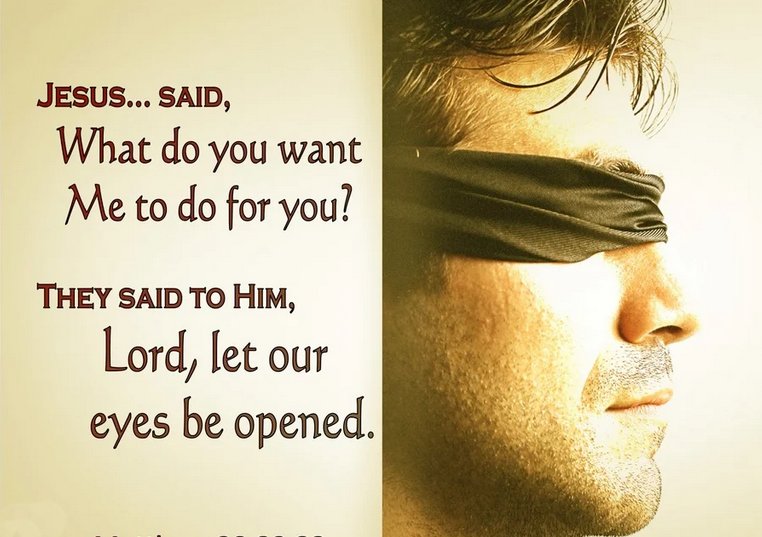
Remember
Father’s you are the leader of your family. So protect your Family from the Devil !!!
Inspired and Dedicated with Charity to our Spiritual Leaders
Who with the Grace given by God.
Guiding & Leading the Flock to Be With Christ.
“The way of a fool is right in his own eyes, but a wise man listens to advice.”
Proverbs 12:15
Now, exploring the Traps set by the devil, we find various snares that target young souls. From the shame associated with pornography to the pitfalls of drug and alcohol abuse, these vices can easily lead people astray. The devil, like a roaring lion, seeks to drag good individuals into sin while maintaining societal standards. What the devil craves is a subtle way to entice
Catholics and young people into sin without tarnishing their reputations. Society-friendly traps that won’t raise eyebrows or stain consciences become the devil’s tools. The goal is to lure individuals into sin without causing their parents to frown or friends to judge.
In essence, the devil seeks a socially acceptable path to lead souls astray. It’s a cunning strategy, one that allows individuals to be ensnared without the weight of guilt or societal disapproval. So, let’s be vigilant, recognizing the devil’s tactics and striving to navigate through the world of dances and social events with caution and spiritual discernment.

The devil’s got a sly strategy to mess with your heavenly plans, and he’s found a way to sneak into our lives through something seemingly innocent – dances. Not just any dances, but those that involve young unmarried men and women mingling, like school and church dances. Now, not all dances are created equal; some are downright scandalous, crossing the line into mortal sin territory.
Not to be judgmental; However let us Open our eyes. Sure, there are dances that are blatantly sexual, where things are getting a little too close for comfort. But let’s shift the focus to what many might consider “good” dances – the classy ballroom, tango, and swing dances. What could possibly be wrong with these, right?
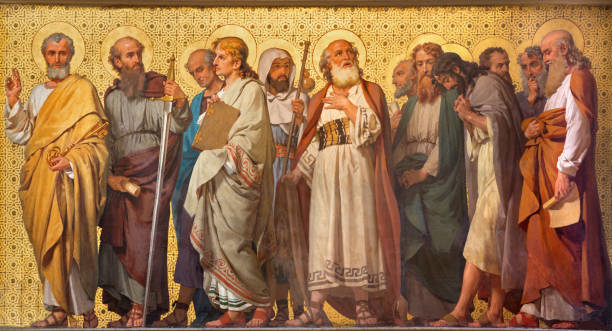
According to the Six Commandments and as we follow the Lord’s Prayer, lead us not into temptation. These seemingly innocent dances may not be off the hook either. The Council of Trent also explains that immodest and passionate songs and dance should be cautiously avoided. Which I would believe to conclude a verdict: unmarried young men and women, steer clear of these dances.
It turns out that even the sophisticated and seemingly wholesome dances are part of the devil’s elaborate web, waiting to entangle our virtuous youth.
The wisdom of saints echoes through time, and yet, we find ourselves dismissing their counsel, particularly when it comes to the caution against boy-girl dances. We’ve rationalized, claiming enlightenment over the teachings of revered figures like St. John Vianney, Anthony Mary Claire, St. Francis DeSales, St. Augustine, and St. John Chrysostom. Somehow, we’ve convinced ourselves that their guidance no longer applies to our enlightened minds.
However, not to inundate you with quotes from patron saints or ancient councils. Instead, let’s explore five condensed yet critical points. Many youth go astray often begins with dances.
Even if you’ve proudly endorsed school or college dances, claiming them to be different, even wholesome, hear me out. Through the intercession of Our Lady and the enlightenment of the Holy Spirit, consider these five points. Pray about it and reflect, despite the immediate inclination to dismiss this as extreme. Remember the words of St. Francis DeSales, a trusted doctor of the church, who emphasized the circumstances surrounding dances.
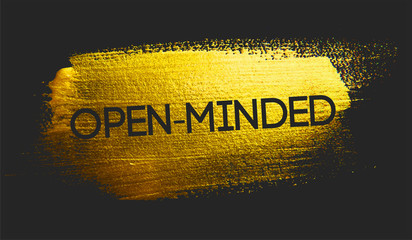
Let’s delve into these points, not condemning all dances but those that bring about perilous situations. I implore you to be Open-minded, acknowledging that even institutions set up to save souls can inadvertently lead astray. As we proceed, keep in mind the timeless wisdom imparted by saints and doctors of the church, seeking light for our faith and morals.
In the time of St. Francis de Sales, dances were considered breeding grounds for vice and sin. He cautioned that these events opened the pores of the heart, making it susceptible to impure influences. Just as we prepare our hearts for the Eucharist and sacraments, our hearts at dances are most disposed to the devil’s temptations.
Why do we pray before meals, sporting events and over events, but not at dances???
Now, let’s talk about modern dances—full of excitement, music, and socializing. The allure of one-on-one dances like the tango, swing can lead to unexpected attractions. The ambiance, the touch, the music—all create an atmosphere where infatuations can easily take root.
So, what’s the danger? These dances can become a snare, stealing one’s authentic vocation and discernment. Marriage is a lifelong commitment, and the infatuations that begin on the dance floor can cloud judgment. Imagine having already discerned your vocation to matrimony and then getting entangled in the allure of a dance partner. The focus shifts from discerning a life partner who aligns with your spiritual goals to being captivated by physical infatuations and chemical reactions.
In the quest to find a partner who will help you on your journey to heaven, these dances can become stumbling blocks. St. Francis de Sales’ warnings still resonate today—amidst the swirling music and laughter, the risk of losing sight of your true vocation is real. So, as you sway to the rhythm of the dance, remember to keep your heart attuned to the discernment that truly matters in the quest for a lifelong companion.

Picture this: You find yourself at a dance, surrounded by the pulsating beats of music and bodies moving in rhythmic unison. In this sea of motion, physical infatuations take root, triggering a cascade of chemical reactions within you. It’s a captivating dance of pheromones, oxytocin, and the irresistible allure of someone special.
As you succumb to the magnetic pull of these emotions, you start to like someone without a hint of prior intention. The dance floor becomes a stage for budding attractions. The touch, the music, the shared rhythm—all conspire to open the pores of your heart, as if St. Francis DeSales himself were guiding the way.
But wait, you’re on a different path—a religious one. Perhaps called to the priesthood or a religious order, your heart is devoted to a higher calling. Yet, here you are, navigating the tricky terrain of dances where attraction and temptation intertwine. The challenge is real—you’re meant to be immune to the charms of the opposite sex, and yet, you find yourself drawn into the dance of emotions.
The struggle intensifies. Your commitment to a divine vocation clashes with the dance’s allure, making you question your resolve. The person you wouldn’t normally let close suddenly becomes irresistible. The devil, ever vigilant, seeks to taint your authentic calling with seeds of doubt and desire.

So, you make a choice. Instead of heeding God’s call, you decide to take a timeout in the secular realm. The sacred dance gives way to the secular one, where God’s presence fades into the background. The risk is clear—your heart becomes vulnerable to the devil’s darts, tempting you to stray from your sacred path.
Amidst the secular beats, a girl catches your eye, offering attention and a hint of allure. Your once clear soul becomes muddled, your intellect darkened, and your will weakened. Yet, in this dance with temptation, you strive to maintain your essence, holding onto the core of your person-hood even as the world attempts to pull you away.
In this dance of conflicting desires, you grapple with the struggle between divine calling and earthly temptations. Your vocation hangs in the balance, and as the music plays on, so does the battle for the soul that sways to its rhythm.
In the grand ballroom of life, where everyone is dancing to the rhythm of their own aspirations, the spotlight falls on the delicate dance between vocation and temptation. Picture this: a dance floor where destinies twirl and dreams waltz, and in the midst of it all, a proclamation echoes, “I’m still a good person; this is just a dance.”
Meet the protagonist, a virtuoso of the dance floor, hailed as the best dancer in the school. Yet, his destiny takes an unexpected turn as he trades his dancing shoes for a priestly collar, a decision celebrated with gratitude for divine intervention. The journey to priesthood, however, remains a mystery, shrouded in the miracles of the soul and the confessional confidences. We are left to marvel at the lengths the Lord went to secure this vocation.
But, the tale takes a turn, revealing the darker side of the dance floor. Many, it seems, have lost their vocational path amid the enchanting swirl of a dance. Young men, once fervently called to religious life, find themselves entrapped in the allure of pleasurable and beautiful distractions—women who, we are reminded, are indeed beautiful.
Here unfolds the cautionary narrative, woven with the threads of lost vocations and the snares of the dance. The narrator becomes a confidant for those who, once devoted to rosaries and discernment, falter and fall away. The culprit? Dances, where the heart, once pure, succumbs to infatuations that the soul finds torturous.
Point one emerges amidst the dance floor confessions: Dances, with their seductive melodies and rhythmic allure, are a snare to those seeking authentic vocations. Discernment, a delicate dance of the soul, becomes compromised in the midst of heart-fluttering distractions.
In this cautionary tale, the dance floor is portrayed as a stage where modesty is relative, and even in supposedly modest dances, the topography of temptation is explored. The narrator, as a man navigating uncharted territories, acknowledges the subtle intricacies of even the most restrained dances.
In conclusion, the dance floor, though enticing, emerges as a potential saboteur of vocations and discernment.

The call is clear—beware the dance, for in its enchanting embrace, the path to vocation may be lost, and the discerning heart may waver. So, in the grand ballroom of life, dance with caution, for destiny’s partner may be obscured by the glittering lights and swirling shadows of the dance floor.
Second Point
When it comes to dances, let’s be honest – it’s not just about having a good time. Sure, you may claim it’s all innocent fun, but the truth comes out when it’s time to pick the perfect outfit. Suddenly, the goal isn’t just having a good time; it’s about turning heads and getting all the attention you can.
As you’re getting dressed, the primary mission isn’t just to impress other girls with how fabulous you look. Oh no, it goes beyond that. It’s a covert operation aimed at captivating the attention of young men who, let’s face it, already find women inherently attractive. You find yourself reaching for that extra clingy shirt or that skirt that flows just right – it’s all about vanity, and it starts innocently enough with wanting to look nice.
The devil, as they say, is in the details. “I want to look nice” quickly transforms into “I want to look nice to be noticed, loved, and adored.” The truth gets entangled with temptation, and suddenly, you’re not just presenting yourself – you’re out there to seduce. And let’s not pretend otherwise.
Sure, you might argue that you’re just dressing to please yourself and enjoy the dance. But come on, let’s be real. There’s a fine line between looking presentable and becoming the center of attention, the object of desire. The dance floor becomes a runway, and you’re not just dancing for yourself; you’re dancing to be the best, to be admired.
And here’s where standards take a nosedive. What happened to those boundaries you’d normally uphold? Suddenly, you find yourself in the arms of every guy at the dance, swinging around like it’s the best thing ever. It’s all in good fun, right? But ask yourself, is this how you’d normally let boys touch you? Is this the image you’d want your parents to be proud of?
Every One gets a Turn.Yes, Imagine walking into a room where everyone knows that every guy at the dance had their hands all over you. It’s time to reconsider the pride in that scenario.

Imagine a photo album filled with the faces of every young man who’s ever touched your daughter. It might not be a sight you’d savor. Yet, in the midst of the dance floor, one partner at a time, it all seems innocent. But lay them out in front of you, and suddenly, it’s a different story. Every man she’s ever danced with, every touch, every shared moment—it starts to make you wonder.
And then there’s the matter of standards. Girls, in their attempt to spare others’ feelings, often find themselves entangled in situations they’d rather avoid.

Peer pressure plays its part. A guy asks them to the dance, and the friends insist they can’t decline. After all, how could they make him feel bad? But in yielding to such pressures, girls unwittingly lower their standards.
As for the dance itself, it’s a snare, a devilish plot to steal your vocation. The devil orchestrates these dances from Church youth groups to college, setting the stage for fleeting connections that fizzle out when it’s time for marriage.
So, next time you see your daughter on that dance floor, twirling with a charming partner, remember the faces in that imaginary photo album and ponder the real cost of these seemingly innocent moments.
In the realm of love and relationships, it’s easy to find oneself tangled in the devil’s snares, especially for the few pious Catholics out there. The dance floor, it seems, is a breeding ground for temptation and misplaced affections.
Once you’re past the bloom of youth, love doesn’t seem to care much about your intellect or holiness. You become yesterday’s news, and the devil has his cunning snares set up to trap even the most virtuous souls. The allure of the dance, a seemingly innocent social activity, becomes a gateway to a myriad of pitfalls.
For the ladies, it all starts with that initial ‘yes’ to the dance invitation. But beware, for once you’ve opened the door, resisting the temptation to let loose on the dance floor becomes a Herculean task. It’s a slippery slope; if you can’t resist the allure of the dance itself.
And let’s not forget the young men in this equation. It’s not solely the ladies’ responsibility; men need to tread carefully too. Young men are easily enchanted and seduced, especially when faced with ladies who are dressed to impress and putting on a facade to garner attention. The dance floor becomes a battleground of hidden intentions and fleeting commitments.
The blame game doesn’t rest solely on women; young men must also take responsibility. The solution? Say no to dances. Instead, opt for positive influences like quality time with friends, or a visit to the chapel for a spiritual recharge. The dance floor, with its whirlwind of touching and fleeting attention, might not be the best place to seek genuine connections.
Many young men find themselves at a dance, encountering girls they wouldn’t normally notice. These girls, usually overlooked in everyday life, suddenly become alluring under the dance floor lights. Clad in shiny, beautiful dresses, they dazzle, employing their best moves and gestures to captivate attention. The music sets the mood, and before you know it, you’re drawn in. Human nature, right?
Insecurities drive some girls to dress immodestly, seeking attention they believe they wouldn’t otherwise receive. The importance of discernment in relationships, urging young men to focus on qualities that truly matter—vocation, soul-saving, genuine friendship—instead of getting swept away by superficial attractions at dances.
So be warn against being enchanted by someone you wouldn’t naturally connect with and then finding yourself in a perplexing marriage, wondering how you got there. Men to resist these enchantments, reminding them that God has a plan, and the right person will come along without the need for chemical reactions on the dance floor.

Addressing both genders, do not to be fooled by seeking attention through physical closeness and touch. God, has a special plan for everyone, particularly in the sacrament of matrimony, emphasizing that true love doesn’t need to be found on the dance floor.
Firstly, this dance, it’s a snare. A tricky trap that can snatch your true calling and mess with your feelings. Crazy, right?
Number one: it’s a snare that can steal your authentic vocation. It messes with your emotions, mixes them up like a blender gone wild.
Number two: at dances, girls tend to lower their standards. I know, shocking, but it happens.
Number three: guys, they can be easily seduced. Yeah, it sounds old-fashioned, but hey, everyone has their weak spots. We’re not here to judge, just to shed some light.
Number four: the dance floor is like a cauldron for stirring up those sexual passions. Imagine the music beating, the rhythm flowing, and suddenly you’re caught in a whirlwind of emotions. St. Francis DeSales said it best – parts are more disposed to let themselves be contaminated and polluted in such situations.
Now, some might argue that dancing is a display of complementary between the sexes, a rhythm where the man leads and they become one unit. It’s like a theology of the body on the dance floor. But hold up, isn’t that the ultimate union between a man and a woman? Shouldn’t that be reserved for those who are married or about to be?
Because let’s face it, the nature of the dance is closely tied to the nature of the sexual passions. The closeness, the rhythm – it’s beautiful, no doubt. But so is sex, and that’s something worth saving for marriage.
And here’s the kicker: you might be dancing with someone you’re not even romantically interested in, but suddenly, you’re doing things associated with romance. That, my friends, is a slippery slope straight into the arms of lust.
So, as the beats thump and the dance floor beckons, remember: save the dance for your future spouse. Lord, help us all.
Navigating the intricate dance of relationships can be as confusing. Imagine this: your friend, not even in a relationship, is caught up in the whirlwind of emotions and connections at a dance. Now, think about the perils of over-familiarity with the opposite sex.
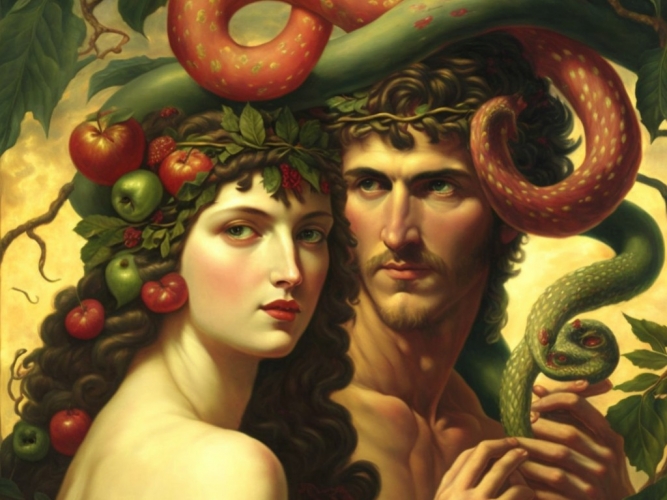
Consider the dance floor as a microcosm of relationships. Men and women are weak in different ways, just like Adam and Eve. Eve, tempted by the forbidden fruit, couldn’t resist offering it to Adam. Sounds a lot like the allure of dancing, doesn’t it? It’s pleasing to the eyes, delightful, and seemingly innocent—much like the devil’s cunning promises.
In the Garden of Eden, Eve’s fall wasn’t just about indulging in forbidden fruits; it was about offering them to Adam. Similarly, in the dance of relationships, falling isn’t just an individual misstep—it’s a shared misfortune. The devil, in various forms, tempts both men and women on the dance floor.
Let us Not For get the forbidden fruit;

Now, here’s the twist: let us steps forward, trying to be the voice of reason, a modern-day Adam standing up for women. The message is clear: stop going to dances. Don’t be fooled by the illusions of pleasure and knowledge.
In the end, the narrative unfolds like a dance, with each step revealing the complex dynamics of relationships and the temptation to succumb to the forbidden fruits. The call is to be vigilant, resist the allure, and stand firm. After all, the dance of life is far more intricate than any waltz on the dance floor.
Take charge of your future, your vocation, and your soul by making a crucial choice: say no to dances. These seemingly innocent events can erode your discernment, fostering over familiarity and questionable relationships. It’s not just about modest attire; it’s about avoiding immodest actions.
Picture this: swing dances where partners go through legs, heads under skirts, and limbs entangled in ways that contradict Christian values. The pride in such dances at Catholic universities and schools is disheartening. Saints would likely question the Christian commitment of those engaging in such behaviors.
Dances strip away your peace of soul and cloud your judgment, succumbing to societal pressure. Standing against this trend might invite ridicule, rejection, and mockery, but remember, even Jesus faced similar treatment. The narrow path to heaven is not crowded, and Christ’s teachings emphasize the importance of standing out.
Choosing not to dance is not about conformity but a commitment to follow the crucified Lord. Embrace the path less traveled, deny yourself, take up your cross, and journey towards eternal life. Will you follow the crowd to the wide path of earthly pleasures, or will you stand firm, echoing the footsteps of our Lord on the way to Calvary? The choice is yours.
Sacrificing two hours of your life might seem like a small price, but it’s a choice laden with significance. It’s not just about missing out on a dance; it’s about preserving your inner peace, shielding your soul from the chaos of emotions, pride, and vanity that swirl around such events. There’s a deeper purpose here – a quest to discern your true calling, to avoid entanglements in relationships formed hastily in the dance-floor haze.
Sure, it might involve enduring a bit of good-natured ribbing from those who can’t fathom your decision. But isn’t it worth it to sidestep the potential pitfalls of giving in to temptations, of sharing your body and heart with relative strangers? Even if you do know them well, the dance might inadvertently unveil more than you intended, laying bare your emotional and spiritual vulnerabilities to the world.
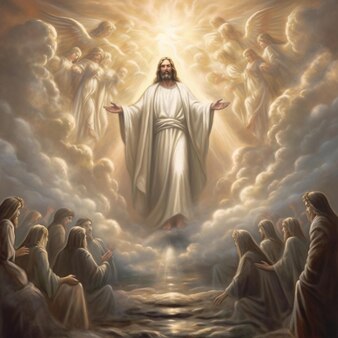
The pressure to attend dances is real, a subtle whisper from the devil and the world urging you to join the revelry. Yet, the remedy lies in the quiet chapel, not the dance floor. Pray the rosary, seek solace in the Eucharist, and listen for that divine guidance. Will the Lord not ask you, as he asked his disciples, “Can you watch one hour with me?” Amid the clamor of worldly temptations, the answer lies in staying with Him.
And what does Our Lady say in the rosary? She echoes the timeless advice given to the Beloved Disciple – don’t follow the crowd, stay with her and her Son. By heeding her call, you become the Lord’s beloved disciple, journeying with Mary to the foot of the cross, where safety and purpose await.
Consider those who succumbed to the allure of dances, abandoning the devout practices they once embraced. Many, who were once fervent in prayer and sacraments, found themselves swayed by the dance’s pull. It’s a common narrative, the breaking of the spiritual chord that once connected them to higher truths.
So, next time you feel the tug towards the dance floor, envision it as a call to the chapel instead. Pray for those at the dances, for young men sacrificing their vocations for fleeting worldly fun. Be the steadfast disciple, keep the Lord company in his agony, and let Our Lady guide you away from the snares of the world.
Embracing a life of faith is no easy feat, especially when faced with the allure of worldly temptations. There’s a fine line between harmless enjoyment and a slippery slope toward spiritual downfall.

My earnest plea is simple: Resist the allure, for if you can’t resist the temptation to go, you might find it challenging to deny yourself once there. It’s a slippery slope, and avoidance is often the best course of action.
For those serious about the saintly path, I suggest a daily commitment to the rosary. It’s not about self-will but surrendering to God’s will. The transformative power of the rosary is profound, but it’s no joyride. It won’t give you butterflies, but it will peel back the unnecessary layers of your life, revealing the incompatibilities with your Christian calling.
The five-decade rosary, initially designed for children, may not be sufficient for the heroic virtue required in navigating today’s world. Instead, I propose four rosaries a day. It’s a commitment that might not bring immediate gratification, but it will undoubtedly transform you. It’s a journey that leads to shedding layers of life incompatible with your Christian vocation.
Remember, you became a Christian at baptism, renouncing Satan and his works. Dances, in essence, are part of Satan’s works. Choose the path of sanctity, embrace the Cross, and let the trans-formative power of prayer guide you towards a life in accordance with God’s will.
The Church on Dancing, through the Centuries
(3rd Century) The Church Father Tertullian said that the devil stopped using idols and temples to lead people from the faith, but the devil uses dances instead. Origen tells us that the devil sometimes wars against men by the sight of woman; sometimes by the sound of her voice; at other times by touch; but in the dance all these arms combined are used.
(4th Century) St. Ambrose wrote, “Let mothers who love chastity and modesty, give to their daughters lessons of religion and not lessons of dancing. And you, O men, who pride yourselves upon your gravity and prudence, learn to shun those who go to them.” Because innocence, is destroyed at them. St. Ephrem and St. Basil opposed dancing also, St. Ephrem saying, “don’t deceive yourselves: you can’t serve two masters at once.”
(4th Century) Council of Laodicea spoke out against dancing.
(5th Century) St. Augustine said, “It is better to till the earth on Sunday than to dance.” St. John Chrysostom of the 5th Century joined this opposition also.
(6th Century) Council of Toledo, 589, abolished dancing on festival days (the only days people danced in those days).
(7th Century) The Sixth Council of Constantinople, 681 A.D. – Canon 62: “Public dances are prohibited under pain of excommunication.” (Council of Trullo in 692 also abolished public dances). St. Eloi of Noyon in the same century also excommunicated dancers.
(9th Century) Council of Rome, 826, condemned the practice also.
(15th Century) St. Anthony of Florence said that love of dancing is inspired by the devil, and that the devil uses dancers of both sexes in order to attack and seduce the servants of God.
(16th Century) The Council of Trent condemned dancing no less than bad books and bad songs. It also warned clerics about attending dances (in Sess. 22, On Reformation, Ch. 2).
(16th Century) St. Robert Bellarmine said, “A young man cannot dance with a young woman without feeling the sparks of an impure flame. If adultery and fornication are sins, the dance must be so since it leads to them.”
(17th Century) St. Frances de Sales, well-known for his goodness and gentleness, stated: “Because of the circumstances surrounding dances, it is so propitious to evil that souls run the greatest risks at them…
(18th Century) Pope, Benedict XIV records the unanimous consent of the theologians that the Fathers of the Church held dancing for the most part to be an occasion of sin. (Inst. Eccles. 76, N. 5)
(19th Century) St. John Marie Vianney, the Holy Cure of Ars, said: “The dance is the means the Devil uses to destroy the innocence of at least three-quarters of our youth. How many girls – because of dances – lost their reputation, their Heaven and their God!”
(19th Century) St. Anthony Marie Claret, who in the pulpit and his writing fought hard to stop the dances in Spain, in his book The Basket of Moses affirmed, “The Devil invented dances for girls to be lost, and extended them throughout the world like an immense net in order to catch the young people and submit them to his tyrannical domination… The truth is that dances are of pagan origin – and as for those practiced today [i.e., the 1800s] – only the Devil could have invented them for the corruption of youth. In the first three centuries of our era, the persecutions and the opposition of the Church to all things that came from Paganism were obstacles against the use of the dances among the faithful. But after the fourth century, little by little they were introduced among Christians and immediately the Ecclesiastical Authority came to prohibit them.”
(19th Century) The Tenth Council of Baltimore issued a Pastoral Letter in which it stated, “We judge that it falls to our pastoral mission to warn you once again to avoid the new kind of dances [i.e. waltzes], where the occasion of sin is increasingly frequent. Experience and reason [say that] even when contained within the limits of modesty, [this type of diversion] always engenders more or less danger to Christian souls. ‘He that loveth danger shall perish in it,’ (Ecclesiasticus 3:27)
Finally, in the 20th Century we have the 1916 documents issued by the Vatican referenced above.
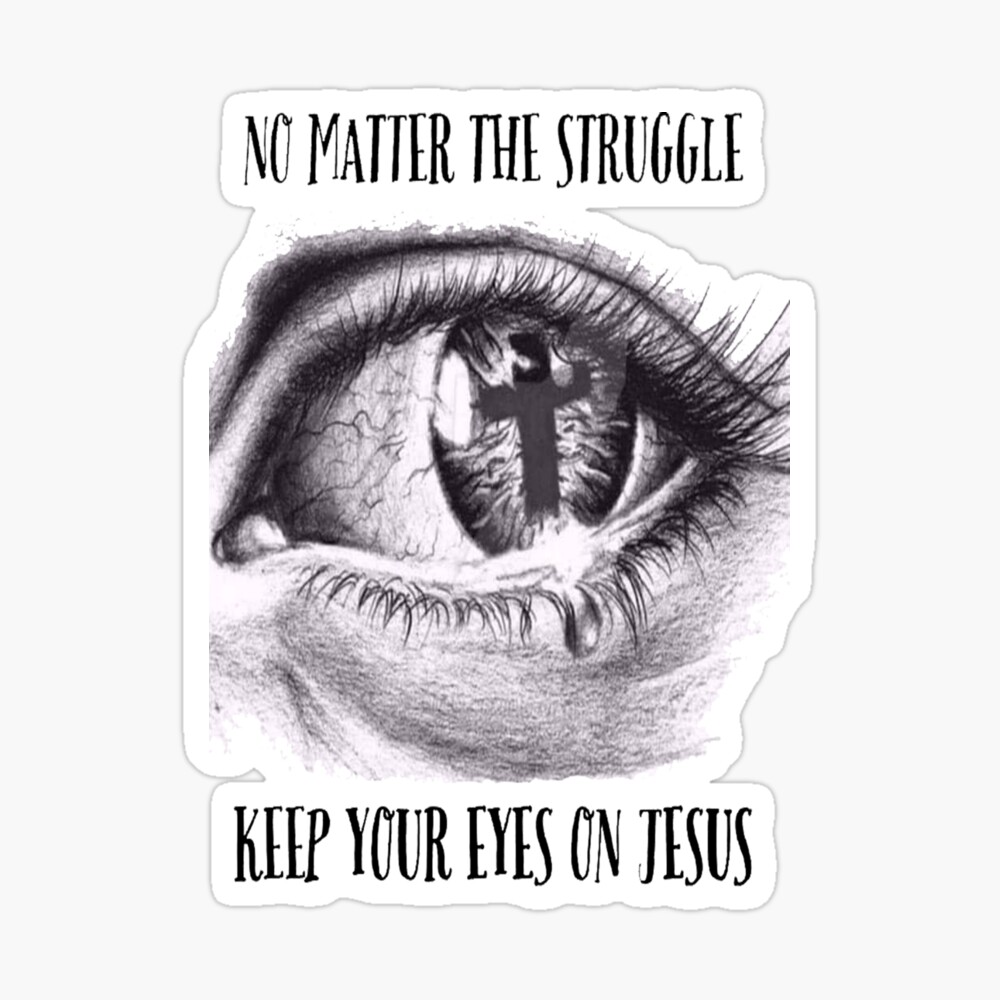
Author – IwwJesus.com
More links for more information to support the Danger to our Youth.
https://sharonkabel.com/post/vatican-dancing/
https://www.traditioninaction.org/religious/k026pDance.html
Please also read the following CLARIFICATIONS on Fr. Lovasik’s position regarding DANCING . ..
Dancing-The-Official-Position-of-the-Church Danger-to-our-Youth-Completed-Book-with-Proverbs-revis-1
